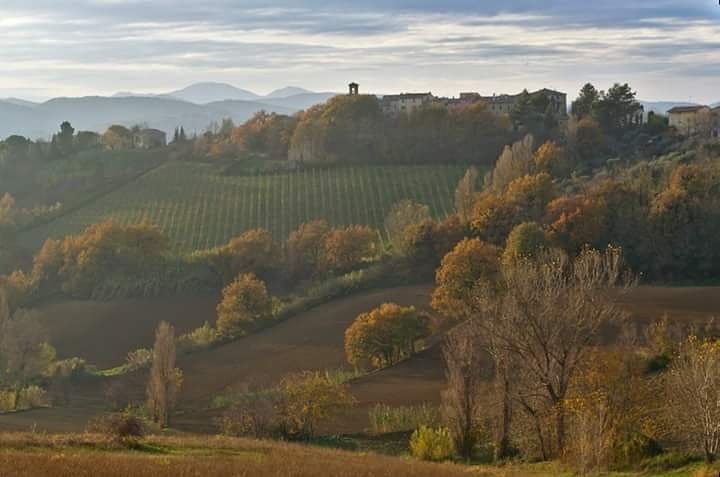
These difficult times have forced us to stay at home and, whenever is possible, to go out and re-discover our neighboorhoods. In particular, for me and Isabelle (Elke is now back in Aachen) this means going out and enjoy a nice walk in Poggio Cupro.
I was born and raised in this tiny hamlet, hence I am a real Poggiana! Besides this important fact (just kidding!) Poggio Cupro has some nice peculiarities. Here are some of them:
1) THE VERDICCHIO RACE:
Who dared to dream that this kind of extreme sport would put our village on the world map? Definitely not me. Yet, it did happen in 2013, for real! The Downhill skaters approved our hill for the national and international championships. In fact, here you earn points for the world championship! What once started as an amateur race turned into a professional Verdicchio Race, in which you can whiz down at 80/90 km/h while lying down or standing on a special kind of skateboard!
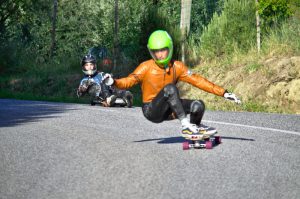
2) A STRENGTHENED MONK FORTRESS:
Despite the fortified walls, nobles never lived here, but monks did! In 1199 Pope Innocent III wanted the construction of a small church of San Salvatore. As early as the 13th century, people spoke of a fortified priory of the Camaldolen monks. The community grew in 1451 when other Camaldolen monks from the nearby Romita monastery gave way to the Franciscans and arrived in Poggio. Pope Innocent X then announced the end of the monastery in 1656 to have a new church built outside the walls for the faithful. That would become a kindergarten from 1985 onwards (where also my dad went).
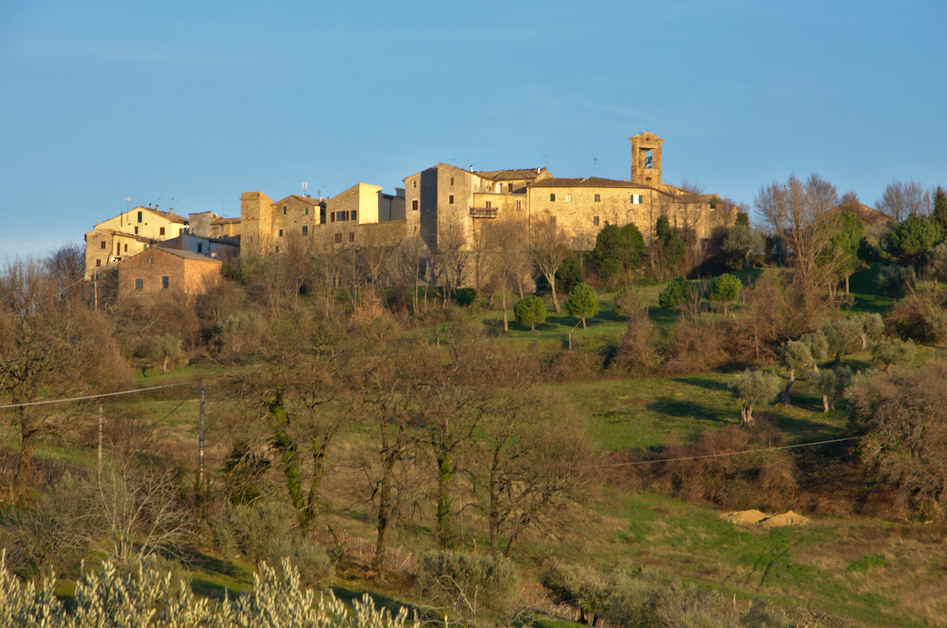
3) AUTHENTIC MEDIEVAL ATMOSPHERE:
From the valley, winding up the hill, you can see the fortified castle village. Undergoing several renovations from the 13th century, (14, 15 and 16th centuries), the high walls still impress.
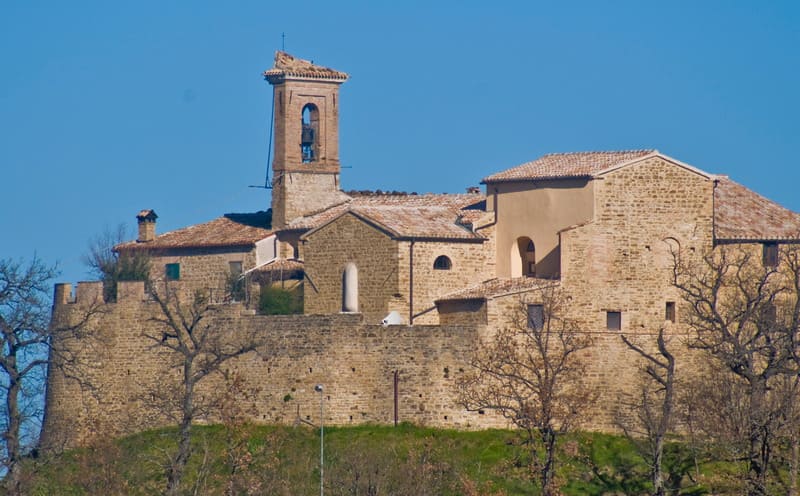
The only entrance gate was called the Porta (to make it short), which is still the only entrance today.
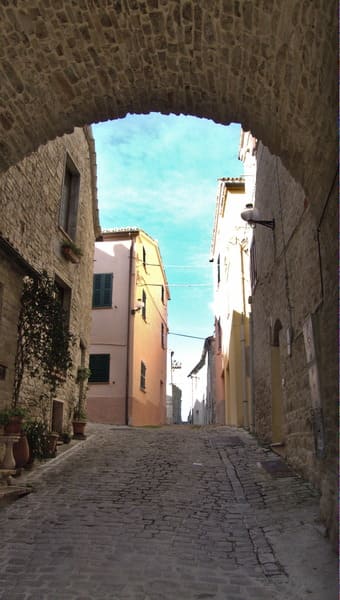
The small and narrow alleys immediately stand out; you don’t have to step into a time machine for this. The Middle Ages also lived that way, although without flower pots in front of the door or other decorations, but the atmosphere is certainly still there.
The first road ends at the city wall and on a lawn with a playground. If you look over the wall for a moment, you will notice how high you are.
Strolling through the village, you eventually end up on the piazzetta, the village square. Poggio Cupro was once an independent municipality, this changed during the Napoleonic times, in 1812 it came under the authority of Maiolati Spontini and finally in 1827 under Massaccio (the current Cupramontana) of which it is still a part today.
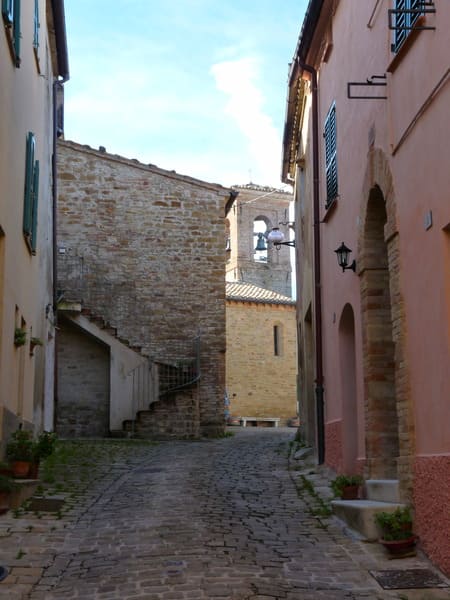
Poggio Cupro also means the hill of the goddess Cupra, who was worshiped by the Piceni, an Italian people who already lived in this area of the Marche between the 6th and the 5th century. Occasionally you will find in the historical writings Poggio di Cupra or Poggio Cupo mentioned.
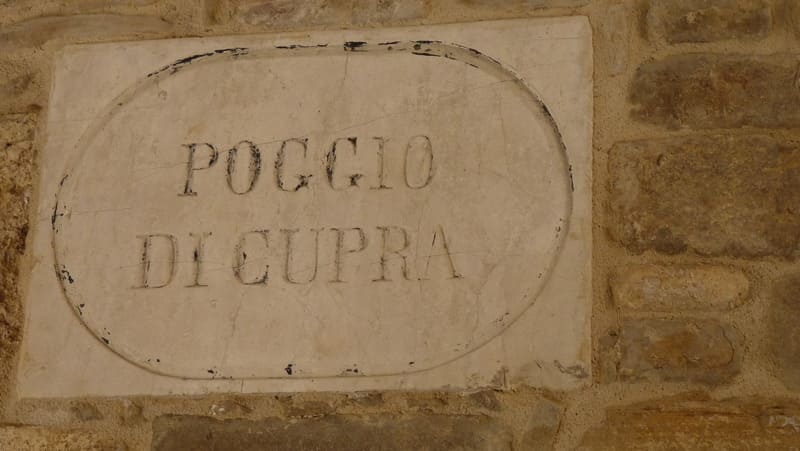
In the 19th century, an olive oil mill was still active on the square, the millstones still bear witness to this.
Of course the church building is not missing, the origin of the monk’s castle. The triangular tower is of course striking as well as the portal to enter the church.
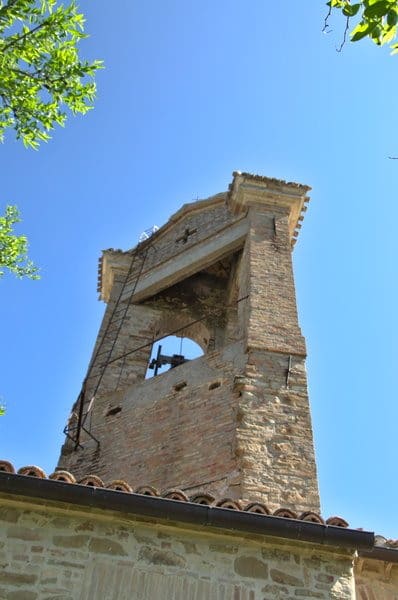
We read above the door that Prior Angelus ordered the renovation of the church in 1516. The two doves and the chalice symbolize the Order of the Camaldolens monks to which the prior belonged.
Inside, the harmony and simplicity of the church are striking.

Nevertheless, this house of prayer houses some special features:
- A wooden statue of Christ from the 16th century that is carried during the procession on Good Friday.

- the San Florian fresco from 1460, the oldest Marchigian depiction of this saint, discovered during the restorations in 1965.
- The wooden lid of the baptismal font from the 16th century, such a wooden part is rarely preserved.

- The 15th century pulpit that ended up against the side wall at the top and kept the original colors.
During an open day we ended up, to everyone’s surprise, through a side door in the church and a narrow staircase, in a garden above the city walls !!! What a fantastic place with beautiful views. The sexton’s wife tended to the garden, but due to illness she had not had time for a while. I could really see myself sitting here enjoying the panorama and the scented roses ….
Poggio Cupro is of course left again through the Porta, but do not forget to look up, because that deserves the Madonna fresco from 1529 made by the painter architect Pietro Paolo Agabiti.
4) An inhabited village:
You notice immediately, people still live here, it is not yet extinct! Depending on the time of your visit, you may meet children playing or residents chatting with each other. Isabelle, Elke and I are among the 268 inhabitants. We do not live in the historic center, but just outside it, because Poggio Cupro has also expanded beyond the walls over the years.
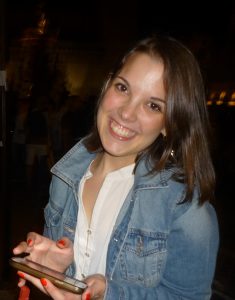
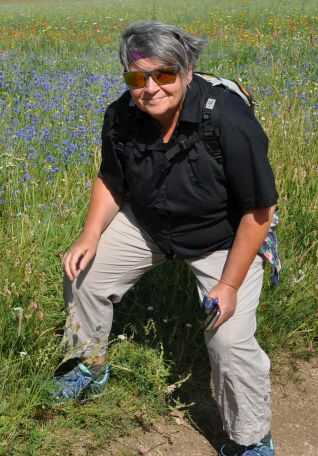
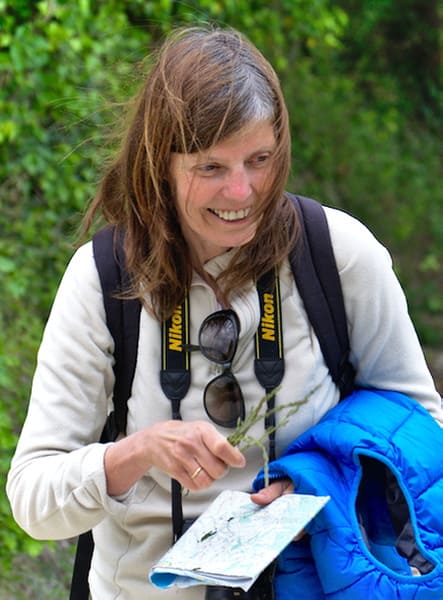
If you’ve gotten thirsty and hungry after your visit, then you’ve come to the right place at the bar / osteria just outside the historic center of Poggio.
If you happen to be here on the first Saturday of September, then join the medieval dinner! Poggio Cupro then returns to the Middle Ages, the food of the past, the crafts of that time and the medieval animation!
Ci vediamo a Poggio !
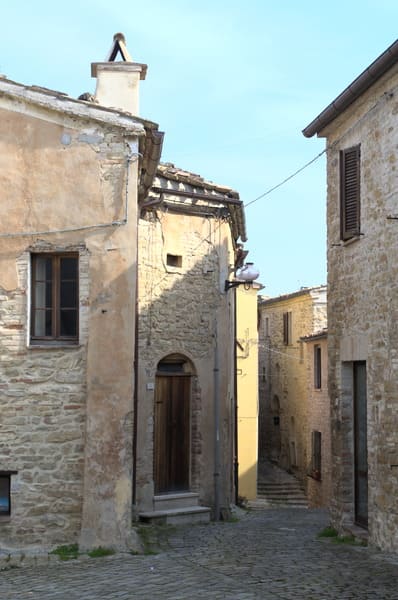



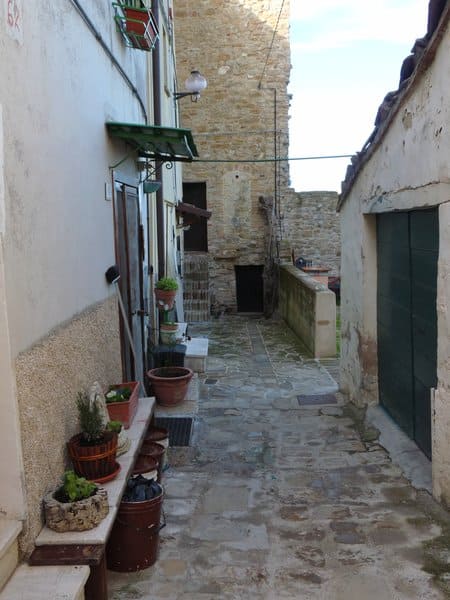
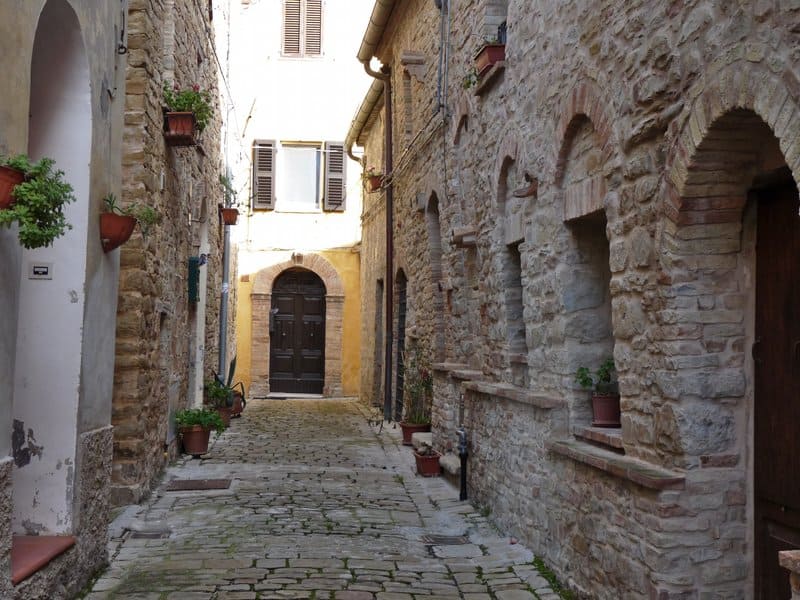
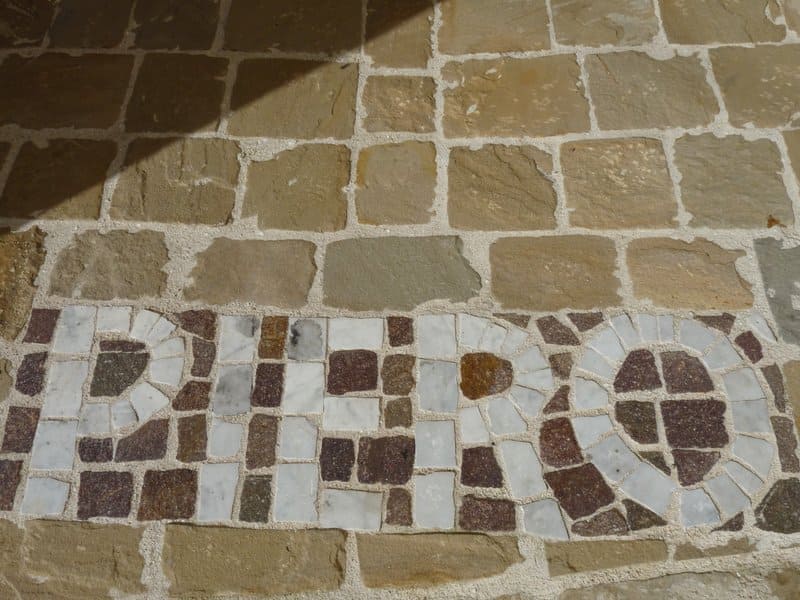
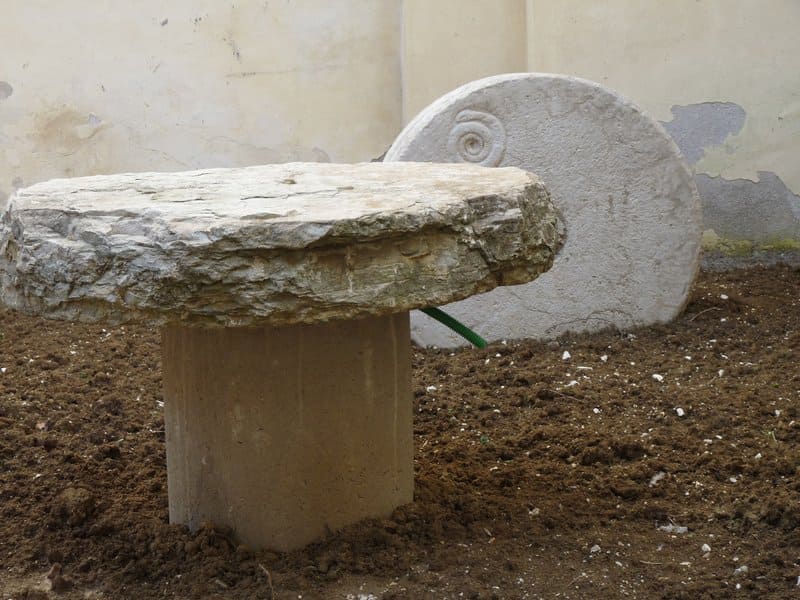

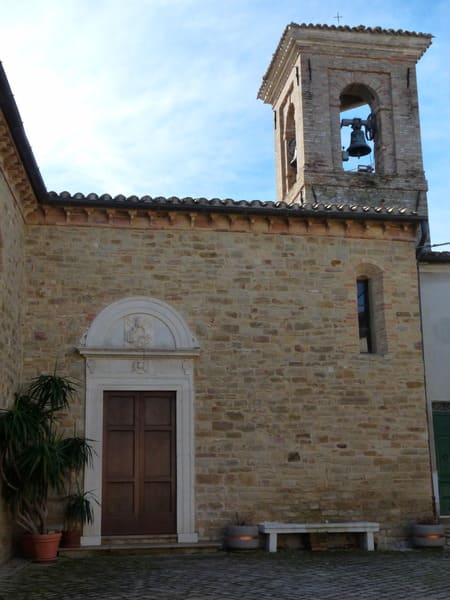
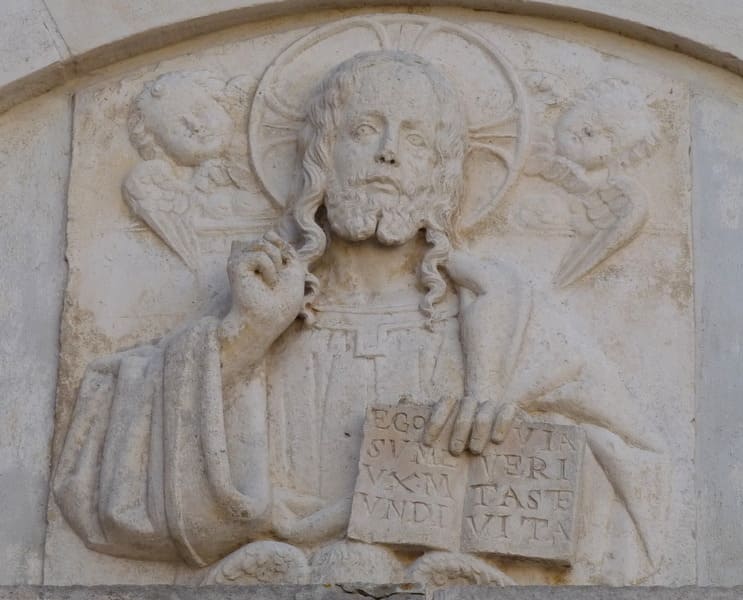
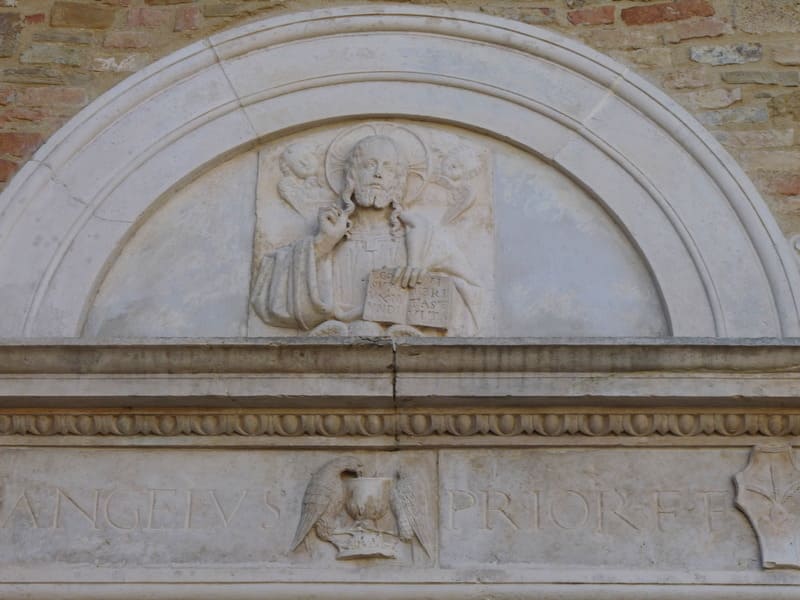

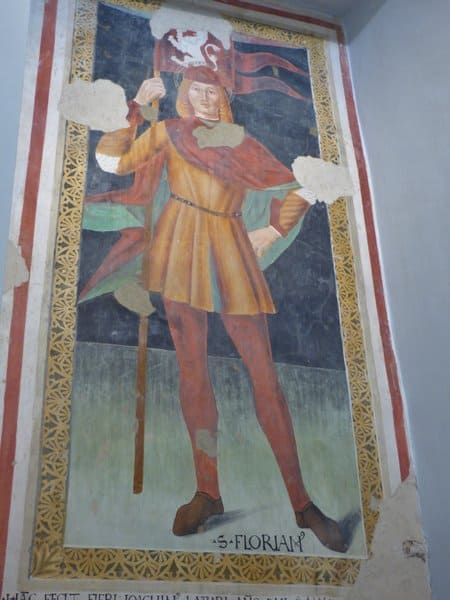
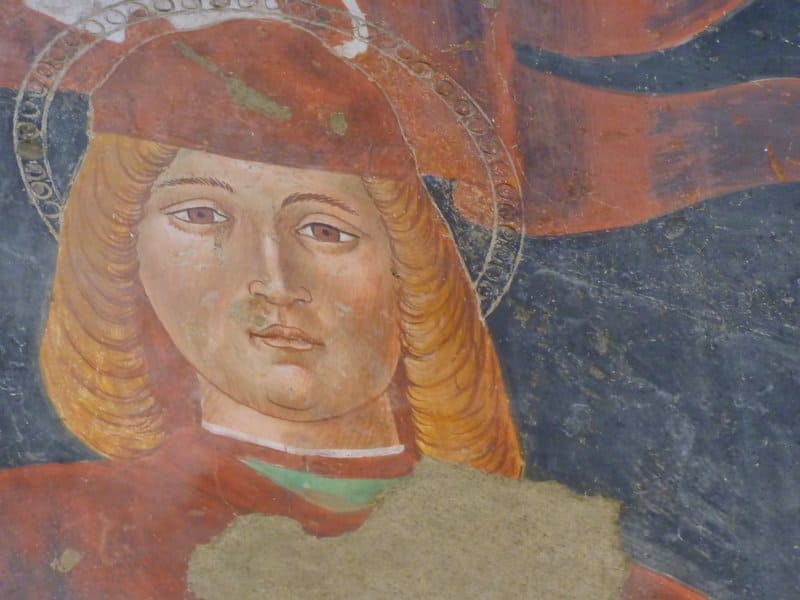
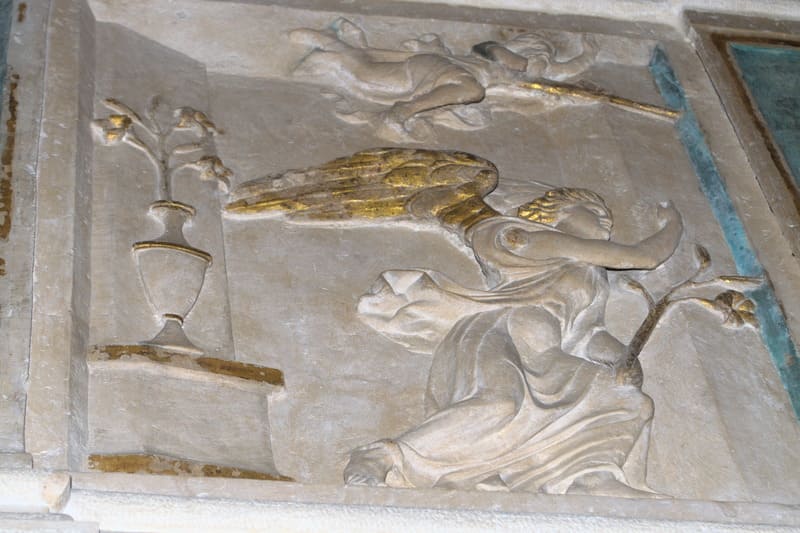
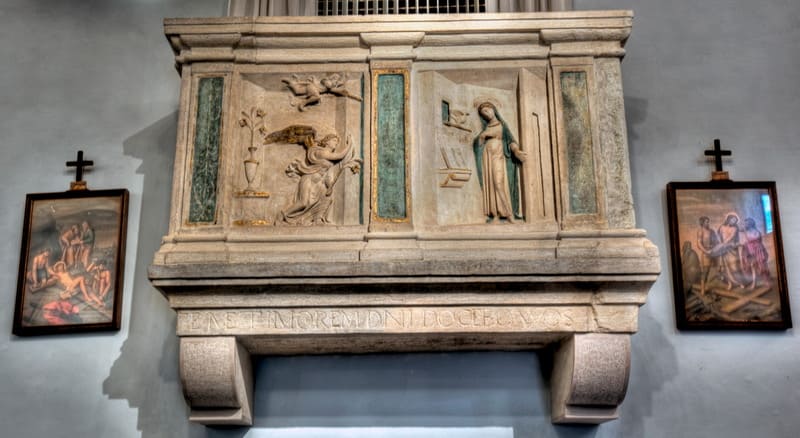



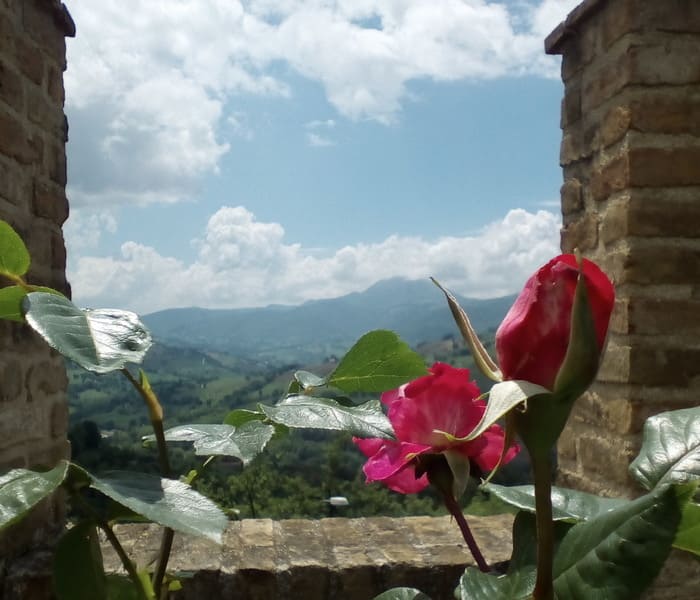
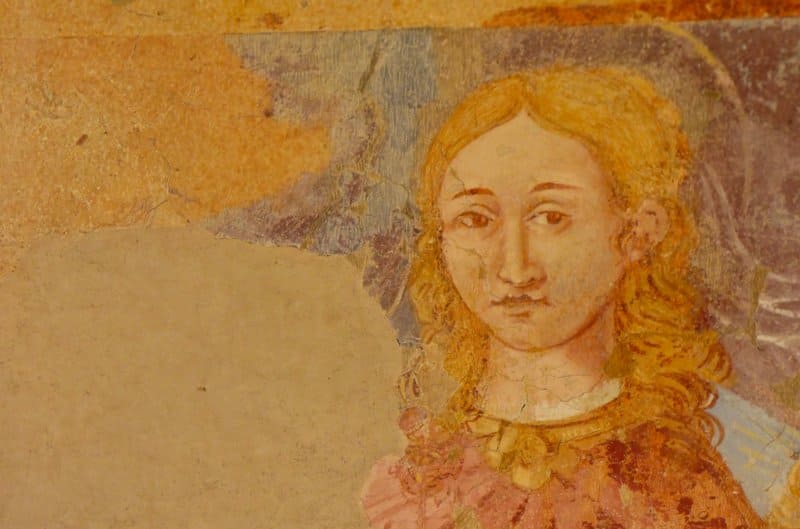
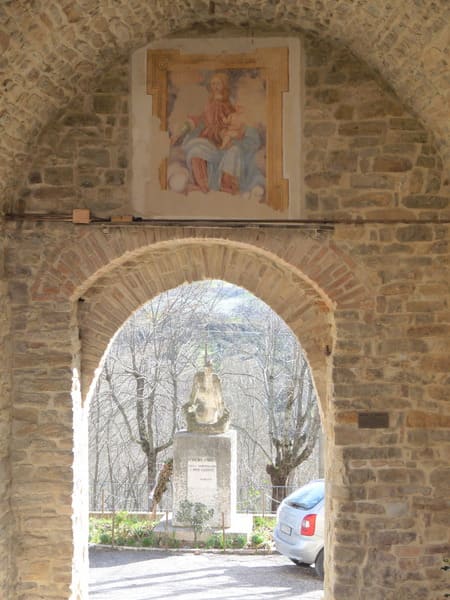
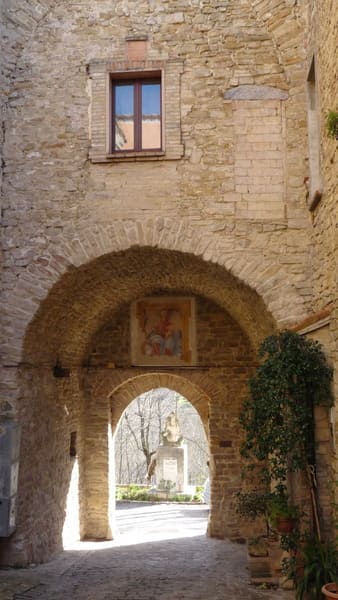
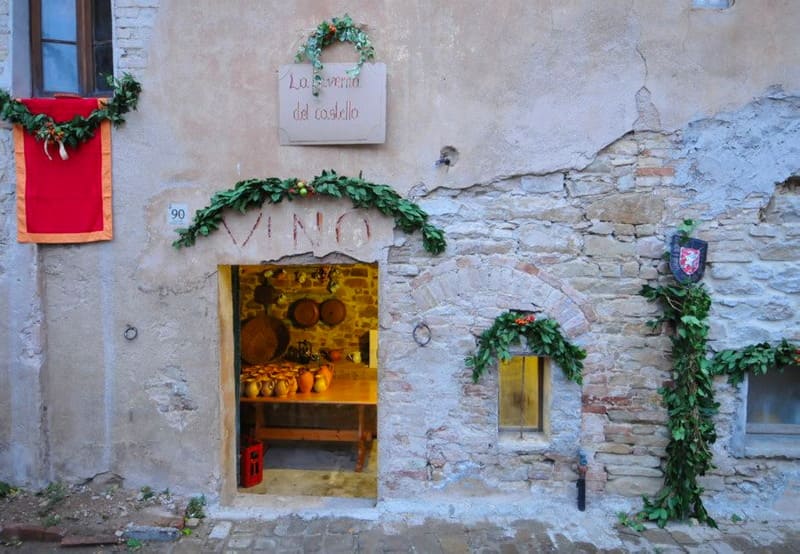
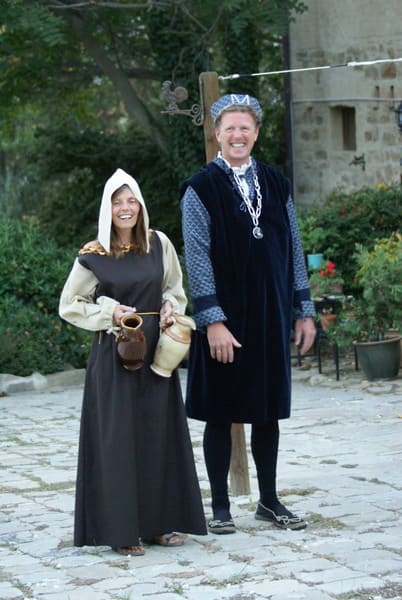
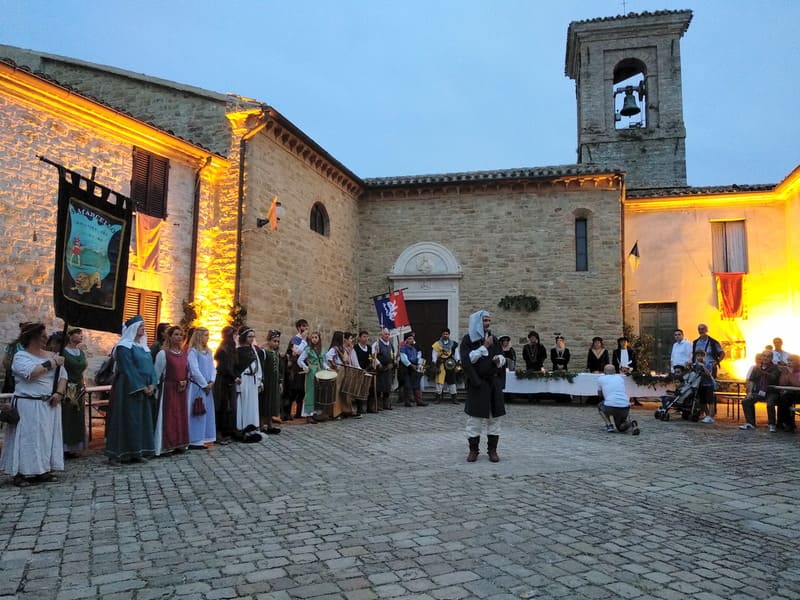
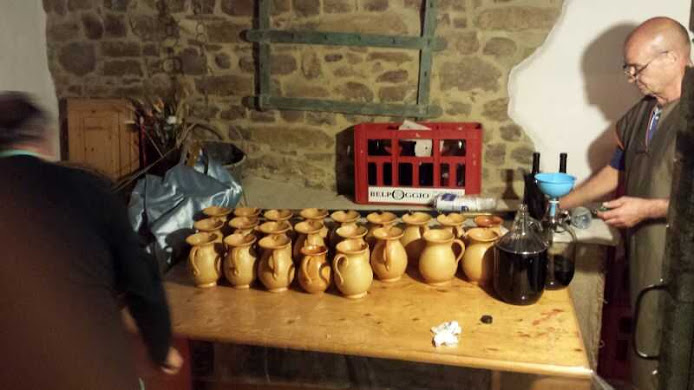
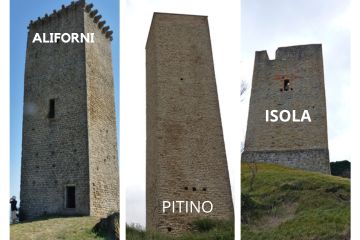
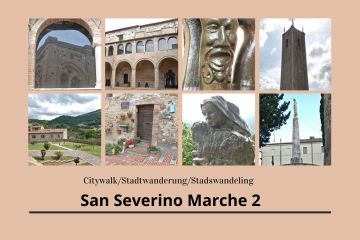
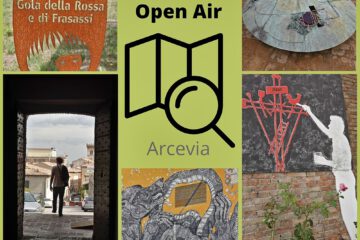
0 Comments